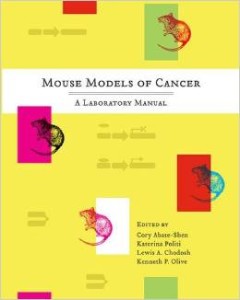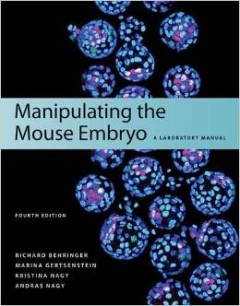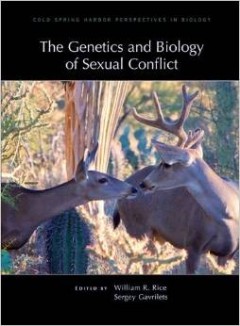Filter by

Animal cell technology: from biopharmaceuticals to gene therapy
- Edition
- -
- ISBN/ISSN
- 9780415423045
- Collation
- -
- Series Title
- -
- Call Number
- 660.6 Ani
- Edition
- -
- ISBN/ISSN
- 9780415423045
- Collation
- -
- Series Title
- -
- Call Number
- 660.6 Ani

Secret worlds : the extraordinary senses of animals
"How do animals experience the world? Many animals experience a world far richer than ours, in sight, sound, and smell, and interact with each other in ways humans simply do not pick up, and which continue to surprise researchers. This book explores not only the wonder of animal senses, but how they work and how scientists go about investigating them. And, throughout, it considers how these sen…
- Edition
- -
- ISBN/ISSN
- 9780198813675
- Collation
- x, 254 p. : ill. : ind. ; 24 cm.
- Series Title
- -
- Call Number
- 500 Sec

Mouse models of cancer : a laboratory manual
The laboratory mouse is an important model for addressing questions in cancer biology. In recent years, the questions have become more refined, and mouse models are increasingly being used to develop and test cancer therapeutics. Thus, the need for more sophisticated and clinically relevant mouse models has grown, as has the need for innovative tools to analyze and validate them. This labora…
- Edition
- -
- ISBN/ISSN
- 9781621820031
- Collation
- xiv, 521 p. : ill. : ind. ; 28cm
- Series Title
- -
- Call Number
- 616.02'7333 Mou

Manipulating the mouse embryo : a laboratory manual
This 4th edition of the "Mouse Manual"-Manipulating the Mouse Embryo-appears 28 years after the first edition and once again is the definitive reference source on mouse development, transgenesis techniques, and molecular biology. While many of the techniques described in earlier editions of this manual have been relegated to core facilities, advances in DNA sequencing techniques and genome anal…
- Edition
- 4th
- ISBN/ISSN
- 9781936113019
- Collation
- xxii, 814 p. : ill. : ind. ; 29 cm
- Series Title
- -
- Call Number
- 616.02'7333 Beh m

The genetics and biology of sexual conflict
The genetic interests of males and females often diverge; traits favored by one sex can be costly to the other. Over time, this "battle of the sexes," or sexual conflict, has important evolutionary consequences (e.g., speciation). Written and edited by experts in the field, this collection from Cold Spring Harbor Perspectives in Biologyexamines the underlying biology of sexual conflict-from th…
- Edition
- -
- ISBN/ISSN
- 9781621820598
- Collation
- xi, 414 p. : ill. : ind. ; 26 cm.
- Series Title
- -
- Call Number
- 591.4'6 Gen
 Computer Science, Information & General Works
Computer Science, Information & General Works  Philosophy & Psychology
Philosophy & Psychology  Religion
Religion  Social Sciences
Social Sciences  Language
Language  Pure Science
Pure Science  Applied Sciences
Applied Sciences  Art & Recreation
Art & Recreation  Literature
Literature  History & Geography
History & Geography